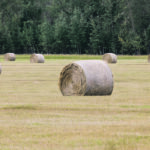It’s time to start planning our winter feeding programs for our cow herds. This year, there will be a lot of alternative feeds used in Western Canada because of the drought. That means feed testing will become more important than usual. I’ve come up with the five steps to consider when getting feed tested. Get […] Read more
Stories by John Campbell, DVM, DVSC
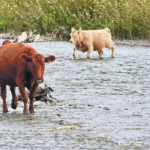
Risk of fog fever in cattle potentially higher this autumn
In many parts of Western Canada, we have suffered through a significant drought this grazing season. As well, in some areas we have seen some precipitation late in the summer and early fall, which has resulted in regrowth of forages on pasture. These are ideal conditions for a potentially fatal condition known as fog fever, […] Read more
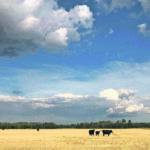
Drought raises possibility of nitrate toxicity this year
Nitrate poisoning in cattle is a potential issue to be aware of in years with significant drought. There will probably be significant amounts of drought-stressed cereal crops that are fed to beef cattle this winter in parts of Western Canada and we know that drought-stressed small grains and corn can accumulate nitrates to a significant […] Read more

Early weaning in next year’s calf crop may offer advantages
In a year with significant drought issues in many parts of Western Canada and limited pasture, early weaning can be a management tactic that might prove beneficial in some situations. Dry cows have lower nutritional requirements than lactating cows and therefore may be able to improve in body weight and body condition score if their […] Read more

Pinkeye can be a challenging health condition to prevent
It is the time of year when cow-calf producers occasionally need to deal with a frustrating disease known as pinkeye. The term pinkeye refers to any kind of inflammation of the conjunctiva of the eye. This is perhaps more of an “umbrella diagnosis” or clinical syndrome as there are numerous causes of these infections including […] Read more
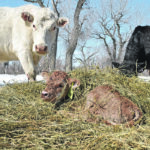
Age of onset provides clue to cause of diarrhea in calves
Calf scours, or calf diarrhea, continues to be one of the significant causes of calf mortality in beef cattle herds. Dr. Jennifer Pearson from the University of Calgary published data from the Western Canadian Cow-Calf Surveillance Network that documented an overall pre-weaning calf mortality level of 4.5 percent and a pre-weaning treatment rate for all […] Read more
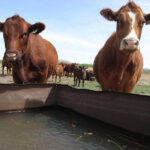
Monitor water supply because quality can change quickly
As I am writing this article, it has been a very dry spring in many parts of Western Canada. Our snow seemed to melt early and much of it seemed to evaporate and the sloughs and dugouts did not seem to fill with much runoff. Hopefully, by the time this article is published, we will […] Read more
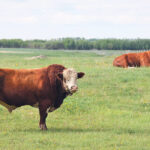
Reproductive success can depend on sexual motivation
Reproductive success is key to profitability for cow-calf operations. To achieve this success, two things have to happen. First, our breeding cows and heifers must cycle early in the breeding period. Second, they must conceive when bred. The first factor is largely influenced by the nutritional program and body condition of the cows and heifers. […] Read more
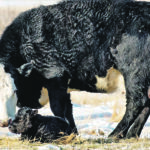
Dystocia, calf vigour and colostral intake all connected
As the weather begins to warm up, many beef herds in Western Canada are in the midst of calving season. Producing and weaning live calves is an obviously critical component of cow-calf profitability and problems that occur at this time can have significant consequences. The birthing period and the subsequent first few days of life […] Read more
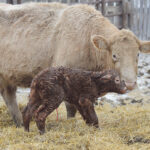
It’s important to know when to intervene during calving
At calving time, we would prefer to have every cow and heifer calve on their own and deliver a live calf. We try to ensure this by wisely selecting bulls in terms of birth weights and EPDs for calving ease, by ensuring a top-notch heifer management and selection program, and by providing good nutrition and […] Read more

